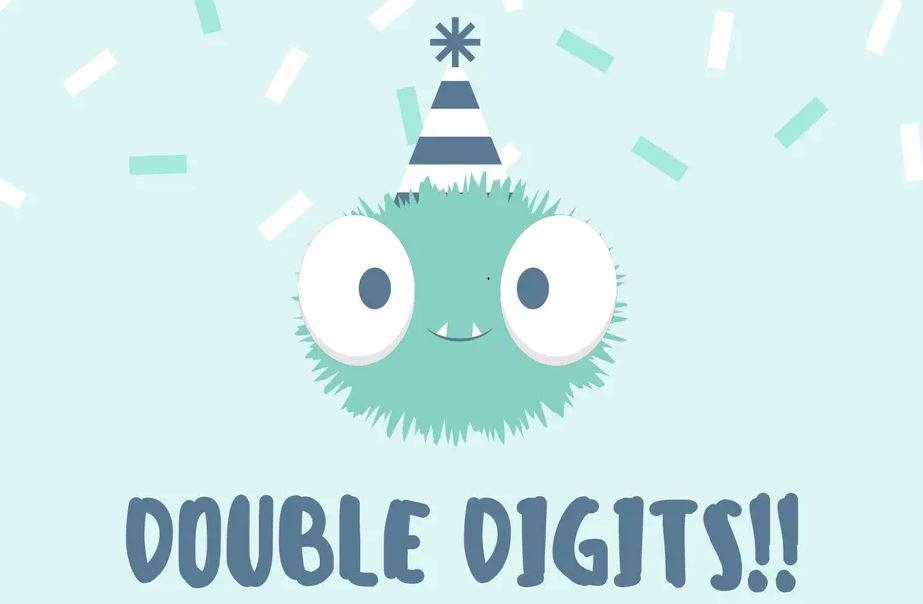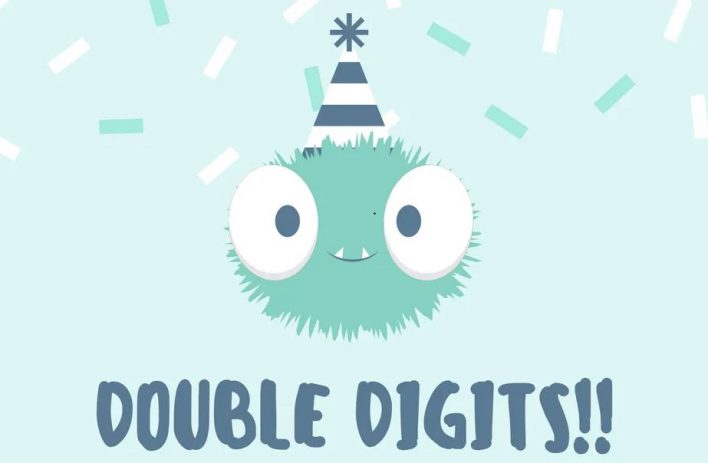What does a B2B prospecting email with a lead rate of 20% look like?
You always aim high when writing copy for sales prospecting.
I’ve been working with the expert team at SoPro and, to be honest, they help you reach that much higher.
To be 100% honest, though, some of the results we achieve surprise us.
And just a few floor us.
I mean, a lead rate in double figures is definitely something to hit the copywriting deck about!
SoPro have sent seven million emails since mid-2016 – and they have kindly allowed me to share some examples of their ‘sweet spot’ emails.
That’s those emails that contained copy that helped them hit double-figure lead generating percentages.
And right now I’m about to dissect a prospecting email that converted one in every five mailed into a viable lead.
If you’ve ever fancied seeing exactly what a double-figure conversion percentage prospecting email looks like, then stick around.
I’m about to share a few with you over my next posts.
Ladies and gentlemen, please take your seats.
The ‘blow your socks off’ prospecting mail beauty parade is about to begin!
Powerhouse prospecting email #1
(Lead rate: 19.29%)
This email generated one in five responses that asked to speak to the sales team about their proposition.
#NowThat’sWhatICallSalesEnablement
Let’s take a look at it to see what we can learn.
Hello [FIRSTNAME],
I hope your[WEEKDAY] is going well. I would like to test the waters to see how [COMPANY] would feel about a partnership with [PROSPECTOR]?
We’re currently working with brands including[EXAMPLES], creating partnerships that promote their products to our audiences, whilst benefiting UK nature.
[OUR SITES] are located across the UK and receive [VISITOR STATISTICS]. Our collective social media reach is 750,000+ and we have a small number of retail locations, as well as presence at a range of outdoor events throughout the year.
I’d love to explore with you ideas around partnership that could bring benefit to[COMPANY]. How is your diary looking next week for a quick catch up?
Thanks,
[PROSPECTING NAME]
Note:
Text in [BLUE] is variable according to recipient.
Text in [RED] replaces copy that has been removed to preserve anonymity.
Well, what can I say?
It’s… underwhelming. In fact, let’s all say it together: ‘Is that it?’
It weighs in at just 100 words – and comes across more nonchalant than knock-out.
But, make no mistake, this prospecting mail must pack a truly powerful, hidden punch somewhere.
And, it’s time to reveal where it is.
First, let’s highlight what this mail doesn’t do – and then we’ll analyse what it does.
- It doesn’t come across all marketing
There are no bullet-point lists, competitor comparisons, catchy phrasing, jargon-led descriptions or any evidence of polish.
- It doesn’t do detail
It’s short. Full stop.
- In fact, it doesn’t actually try hard at all
Quietly confident it assumes its offering will be of interest, without the slightest hint of a sales pitch.
- It doesn’t do high stakes
Throughout barriers are lowered as it tentatively suggests (‘test the waters’, ‘ideas’, ‘quick catch up’, ‘explore’).
In short, it informally tries to kickstart a conversation rather than sell.
And this helps it secure trust.
You feel you can trust it because it comes across person-to-person not prospector-to-prospect.
Let’s take a look under the bonnet.
I would like to test the waters to see how [COMPANY] would feel about a partnership with [PROSPECTOR]?
Here’s the most delicate dipping of toes in the water: as far from all guns blazing as you can be. It refrains from outlining its proposition and instead sets the scene by asking how a partnership would feel.
We’re currently working with brands including [EXAMPLES], creating partnerships that promote their products to our audiences, whilst benefiting UK nature.
Namedrops follow to establish credentials and, after this, very gently, comes ‘what’s in it for you’.
On offer is ‘our audience’ and the chance to ice your CSR (social responsibility) cake. Even here, though, the ‘softly-softly’ approach continues as CSR is not directly mentioned but alluded to by ‘benefitting UK nature’.
[OUR SITES] are located across the UK and receive [VISITOR STATISTICS]. Our collective social media reach is 750,000+…
Having suggested large audiences, these are quickly enumerated but not dwelled on – blink and you’ll miss the stat.
I’d love to explore with you ideas around partnership that could bring benefit to [COMPANY]. How is your diary looking next week for a quick catch up?
The wrap up remains packed with possibility rather than driven home (‘explore’, ‘ideas’, ‘around’, ‘could’, ‘quick’). The timeline for responding is equally loosely and implicitly set.
Thanks…
A seemingly rushed, but personal, ‘thanks’ closes the mail. This reinforces the impression that this is a hastily-penned personal note rather than a carefully-crafted sales pitch.
And like that… <poof> …it’s gone.

In a large part, this mailing works because it pretends not to work too hard at selling.
It is floating an idea – and one that it assumes will be of interest.
This is prospecting as a personal invitation to a party that you know everyone will enjoy.
And in that nonchalant manner lies the hidden, persuasive power.
‘You never knew!
That was his power!
The greatest trick the devil ever pulled was convincing the world he didn’t exist.
And like that – poof – he’s gone!’
(Kevin Spacey in The Usual Suspects)
More double-digit lead rate brilliance laid bare in the next post.

And if you can’t wait…
Tap me up and I’ll start applying the magic rub to your next new business campaign.
